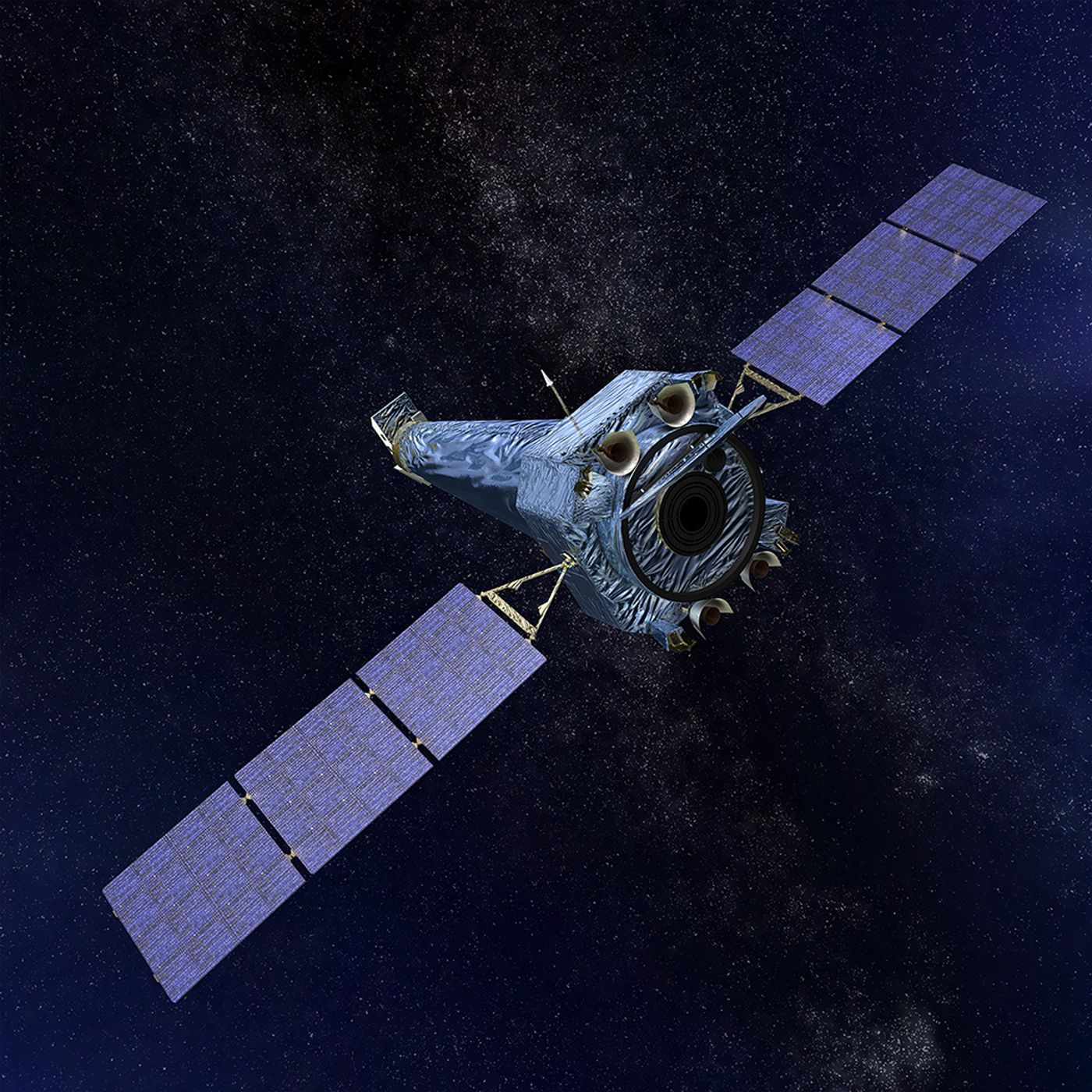NASA's Chandra X-ray Observatory Enters Safe Mode for Unknown Reasons
A little more than a week ago, NASA’s Hubble Space Telescope started exhibiting wonky gyroscope data consistent with a mechanical failure. Consequently, the space agency was compelled to halt Hubble-centric scientific operations until the problem is rectified.
Unfortunately, NASA can’t seem to catch a break. Anomalous circumstances surrounding the American space agency’s Chandra X-ray Observatory this week have halted scientific operations for yet another one of the most powerful space telescopes in service today.
Image Credit: NASA/CXC/SAO
In an official statement, NASA discloses how the Chandra X-ray Observatory entered safe mode at approximately 9:55 A.M. Eastern time on Wednesday, October 10th. In this mode, the spacecraft’s onboard hardware switches to backup units, its solar panels maximize sunlight absorption, and its observational equipment orients itself away from the Sun.
Related: Why does the James Webb Space Telescope keep getting delayed?
As of this writing, initial speculation suggests that the problem may have been caused by a gyroscope problem, similarly to what happened with the Hubble Space Telescope. But spacecraft engineers are currently investigating the matter to discern the root of the problem.
While we still don’t know what caused the Chandra X-ray Observatory to go into safe mode, NASA does mention how the spacecraft behaved as expected in response to the circumstances and how its most important instruments are safe.
It’s certainly curious that recent events encompassing the Chandra and Hubble observatories coincided so closely to one another, but according to NASA, there’s no evidence for foul play or otherwise.
NASA launched the Chandra X-ray Observatory into space on July 23rd, 1999, and it has provided scientists with valuable data concerning our universe ever since. At 19 years old, Chandra isn’t young; it more than exceeded its 5-year life expectancy, but NASA believes it will continue operating for several more years to come.
Related: NASA's Kepler Space Telescope enters low power mode
It’s expected that NASA will address the public once more after spacecraft engineers wrap up their investigation into the anomaly, so it should be interesting to learn about the causes when the information surfaces.
Source: NASA









